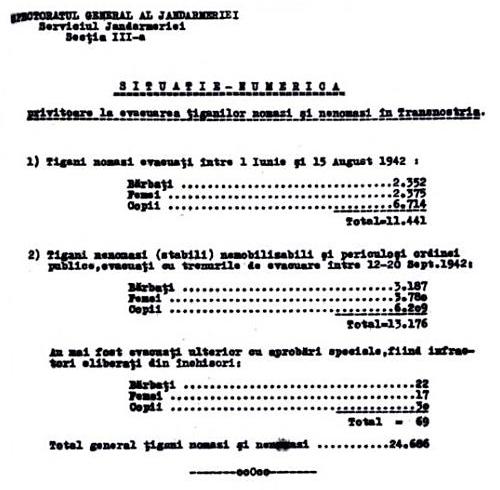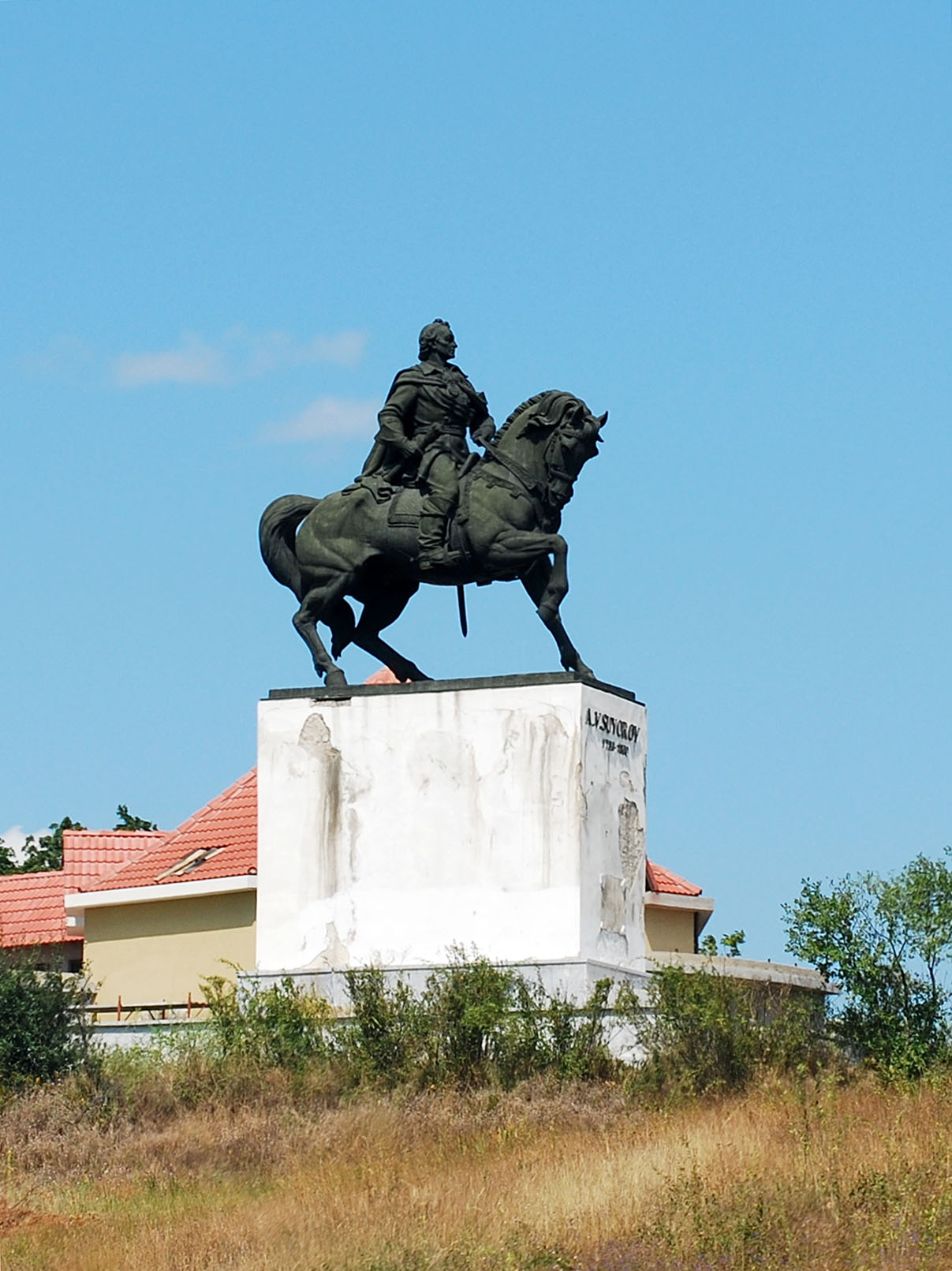|
Străoane
Străoane is a commune located in Vrancea County, Western Moldavia, Romania. It is composed of four villages: Muncelu, Repedea, Străoane, and Văleni. Natives * Gheorghe Alexianu Gheorghe Alexianu (January 1, 1897 – 1 June 1946) was a Romanian lawyer, high school teacher and associate professor who served as governor of Transnistria between 1941 and 1944. In 1946, he was accused and convicted of war crimes, crim ... (1897–1946), lawyer, governor of Transnistria between 1941 and 1944, convicted war criminal * Ion Ciocârlan (1874–1942), prose writer References Communes in Vrancea County Localities in Western Moldavia {{Vrancea-geo-stub ... [...More Info...] [...Related Items...] OR: [Wikipedia] [Google] [Baidu] |
Gheorghe Alexianu
Gheorghe Alexianu (January 1, 1897 – 1 June 1946) was a Romanian lawyer, high school teacher and associate professor who served as governor of Transnistria between 1941 and 1944. In 1946, he was accused and convicted of war crimes, crimes against peace and crimes against humanity; he was sentenced to death by the Bucharest People's Tribunal (sentence reconfirmed in the appeals of 2006 and 2008), and was executed on June 1, 1946, by shooting. Biography Professional and political career until 1940 Gheorghe Alexianu was born in Străoane, Putna County; he was the eldest son of an Aromanian shepherd from Pindus, Ovanez Alexean, a refugee in Wallachia to escape the forced islamization undertaken by the Turks in the second half of the 19th century. Ovanez arrived with herds of sheep in Moldavia, in the Panciu area, where he settled after a short time. In 1915 Alexianu began his law studies at the University of Bucharest. After Romania entered World War I, he enlist ... [...More Info...] [...Related Items...] OR: [Wikipedia] [Google] [Baidu] |
Vrancea County
Vrancea () is a county (județ) in Romania, with its seat at Focșani. It is mostly in the historical region of Moldavia but the southern part, below the Milcov (Siret), Milcov River, is in Muntenia. Demographics At the 2021 Romanian census, 2021 census, the county had a population of 335,312 and a population density of . * Romanians – over 98% * Romani people in Romania, Romani, Minorities of Romania, others – 2%. Geography Vrancea County covers an area of . A curvedly shaped mountainous area, known in Romanian as the ''Sub Carpathians, Carpații de Curbură'', lies in the western part of the county, at the Southern end of the Eastern Carpathians, with heights over . To the East, the heights decrease into hilly areas and the lower valley of the Siret (river), Siret River. The main tributary of the Siret, which crosses the county, is the Putna (Siret), Putna River. A right tributary of the Putna is the Milcov (Siret), Milcov, a river that divides Moldavia from Munteni ... [...More Info...] [...Related Items...] OR: [Wikipedia] [Google] [Baidu] |
Ion Ciocârlan
Ion Ciocârlan (July 12, 1874–1942) was a Romanian prose writer. Born in Străoane, Vrancea County, he graduated from the normal school in Iași in 1895, becoming a schoolteacher. His published debut came in ''Sămănătorul'' in 1902, under the pen name Mărioara Florian. His first book was the 1903 ''Pe plai''. Other magazines that ran his work include ''Epoca'', ''Viața Românească ''Viața Românească'' (, "The Romanian Life") is a monthly literary magazine published in Romania. Formerly the platform of the left-wing traditionalist trend known as poporanism, it is now one of the Writers' Union of Romania's main venues. ...'', '' Luceafărul'', ''Drum drept'' and ''Ramuri''; he sometimes used the pseudonym Mărioara F. His books ''Traiul nostru'' (1906), ''Inimă de mamă'' (1908), ''Vis de primăvară'' (1909), ''Fără noroc'' (1914), ''La vatră'' (1925) and ''Flămânzii'' include short stories, sketches and tales. Ciocârlan also authored the novels ''Du-te, d ... [...More Info...] [...Related Items...] OR: [Wikipedia] [Google] [Baidu] |
Commune In Romania
A commune (''comună'' in Romanian language, Romanian) is the lowest level of administrative subdivision in Romania. There are 2,686 communes in Romania. The commune is the rural subdivision of a Counties of Romania, county. Urban areas, such as towns and cities within a county, are given the status of ''Cities in Romania, city'' or ''Municipality in Romania, municipality''. In principle, a commune can contain any size population, but in practice, when a commune becomes relatively urbanised and exceeds approximately 10,000 residents, it is usually granted city status. Although cities are on the same administrative level as communes, their local governments are structured in a way that gives them more power. Some urban or semi-urban areas of fewer than 10,000 inhabitants have also been given city status. Each commune is administered by a mayor (''primar'' in Romanian). A commune is made up of one or more villages which do not themselves have an administrative function. Communes ... [...More Info...] [...Related Items...] OR: [Wikipedia] [Google] [Baidu] |
Western Moldavia
Western Moldavia (, ''Moldova de Apus'', or , also known as Moldavia, is the core historic and geographical part of the former Principality of Moldavia situated in eastern and north-eastern Romania. Until its union with Wallachia in 1878, the Principality of Moldavia also included, at various times in its history, the regions of Bessarabia (with the Budjak), all of Bukovina, and Hertsa; the larger part of the former is nowadays the independent state of Moldova, while the rest of it, the northern part of Bukovina, and Hertsa form territories of Ukraine. Moldavia consists of eight counties, spanning over 18% of Moldova's territory. Six out of the 8 counties make up Moldavian's designated Nord-Est development region, while the two southern counties are included within Moldavian's Sud-Est development region. It comprises roughly 48.67% of the wider region of Moldavia. Etymology The names ''Moldavia'' and ''Moldova'' are derived from the name of the Moldova River; howeve ... [...More Info...] [...Related Items...] OR: [Wikipedia] [Google] [Baidu] |
Romania
Romania is a country located at the crossroads of Central Europe, Central, Eastern Europe, Eastern and Southeast Europe. It borders Ukraine to the north and east, Hungary to the west, Serbia to the southwest, Bulgaria to the south, Moldova to the east, and the Black Sea to the southeast. It has a mainly continental climate, and an area of with a population of 19 million people. Romania is the List of European countries by area, twelfth-largest country in Europe and the List of European Union member states by population, sixth-most populous member state of the European Union. Europe's second-longest river, the Danube, empties into the Danube Delta in the southeast of the country. The Carpathian Mountains cross Romania from the north to the southwest and include Moldoveanu Peak, at an altitude of . Bucharest is the country's Bucharest metropolitan area, largest urban area and Economy of Romania, financial centre. Other major urban centers, urban areas include Cluj-Napoca, Timiș ... [...More Info...] [...Related Items...] OR: [Wikipedia] [Google] [Baidu] |
Communes In Vrancea County
A commune is an alternative term for an intentional community. Commune or comună or comune or other derivations may also refer to: Administrative-territorial entities * Commune (administrative division), a municipality or township ** Communes of Algeria ** Communes of Angola ** Communes of Belgium ** Communes of Benin ** Communes of Burundi ** Communes of Chile ** Communes of the Democratic Republic of the Congo ** Communes of France ** Communes of Italy, called ''comune'' ** Communes of Luxembourg ** Communes of Moldova, called ''comună'' ** Communes of Niger ** Communes of Romania, called ''comună'' ** Communes of Switzerland ** Commune-level subdivisions (Vietnam) *** Commune (Vietnam) *** Commune-level town (Vietnam) ** People's commune, highest of three administrative levels in rural China, 1958 to 1983 Government and military/defense * Agricultural commune, intentional community based on agricultural labor * Commune (rebellion), a synonym for uprising or revolutiona ... [...More Info...] [...Related Items...] OR: [Wikipedia] [Google] [Baidu] |


